https://www.youtube.com/watch?v=0FgNWD0upTc
How to Grow Sunflowers Successfully At Home 🌻
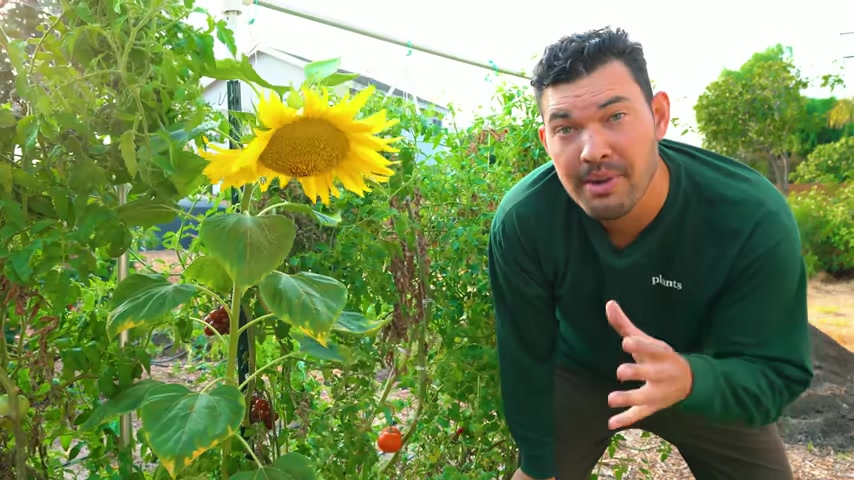
Sunflowers are one of the easiest and sunniest and brightest things that you can add to your garden to get both ornamental and edible value .
Kevin is what you hear from epic gardening .
What's my goal to help you grow green or thumb ?
This thing is almost as big as my head .
Look at that .
Just kidding .
It's still half the size of my head , which makes me really sad about the size of my head .
Nevertheless , we are going to talk today about different varieties of sunflower .
You can grow different strategies for growing them where they make sense to grow all the different conditions of them , all that kind of stuff .
So cultivate that like button .
I will bless you with the sunflower bigger than my head , which is hard to do .
And let's get into the video .
Sunflowers are native to North America which is pretty cool .
We have some plants that are really popular that are native here that have kind of made it all around the world , dry beans , corn , things like that .
Indigenous Americans cultivated this about 5000 years ago .
It's thought to be seed in the southwest of the US , which is where I live .
So that's pretty cool .
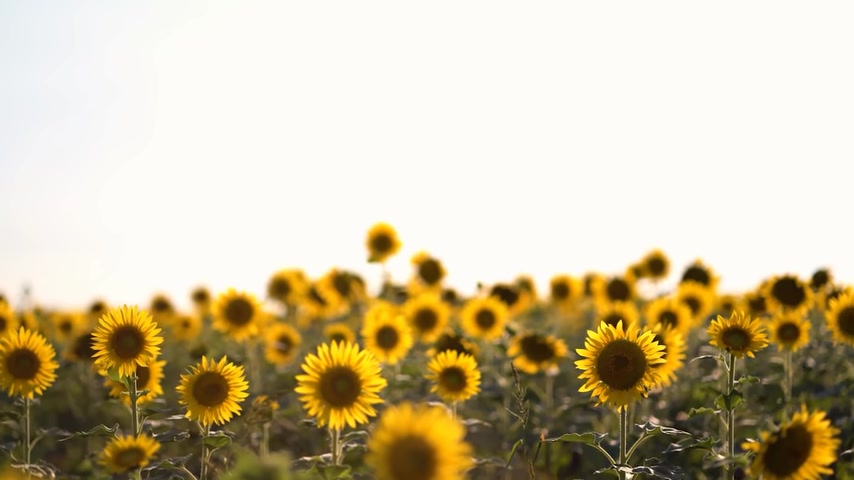
What's wild is by about 15 50 sunflowers had spread through Europe , through Africa , through Russia .
And by 1700 there were early patents for oil extraction methods in Russia .
Specifically .
What was really interesting is it's too hard to grow olives there for olive oil .
So , sunflowers were grown and cultivated and then pressed for their oil .
Let's get into some sunflower types .
You have two major sort of split off .
You have the confectionary style which has the white stripe , the ones that you might eat out of a sunflower seed packet like I did growing up .
And then you have the black oil sunflowers which are commonly grown as sunflowers for microgreens .
Those ones contain up to twice as much oil , which is why they have that name .
Let's take a closer look at the actual sunflower head itself .
It's made of two types of flowers .
These ones right here are called the ray flowers .
And then inside you have all these tiny little disc flowers and those are what actually get pollinated and become the sunflower seeds .
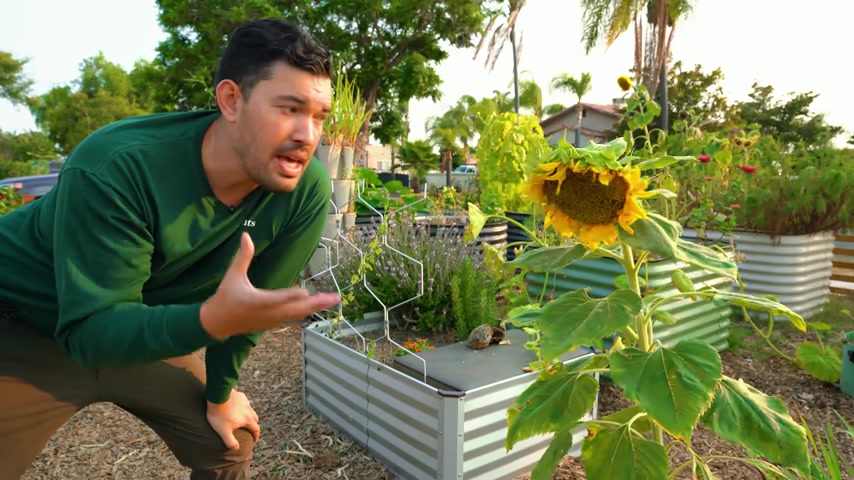
So when you're growing sunflowers , what you have to know is the growth habits , the growth patterns , what they'll do is they'll throw up vertical growth until they reach what's called their terminal height about as high as their genetics will let them get to .
And that's when they'll throw out the sunflower head .
And now here's something that's really surprising about sunflowers , the name and some of the myth around them suggest that they're heliotrop or they follow the sun .
Now that can happen , it seems like it actually does happen at least in my garden earlier on in their life when they're younger .
But now every single sunflower that I have , every single one , unless it's a multi headed sunflower is facing east , which tends to be what happens as they mature .
So it's actually a little bit awkward because every single one of the sunflowers in my front yard garden is facing east and my front yard garden faces west .
So it's like they're too cool for school .
But that's kind of an interesting fact because a lot of the times you'll hear that they just follow the sun no matter what .
Here's another fun fact .
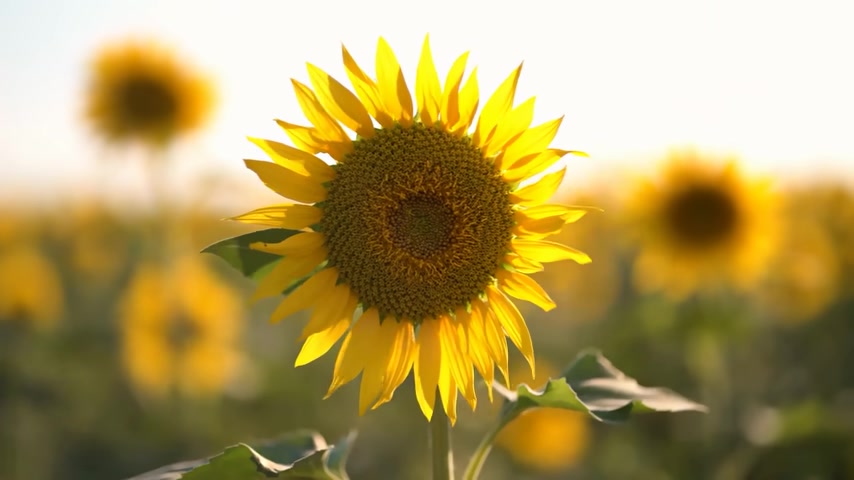
Before we get into the growing information , sunflowers as you'll find are pretty easy to grow and they're actually quite good as just a straight up cover crop that adds some beauty to the top of the landscape .
But what they do , it's kind of like other plants that are called dynamic accumulators .
They go down really , really deep up to four ft deep in the subsoil and of course , they're taking nutrients , they're taking minerals from the ground and bringing it up into the plant matter , which then of course , at the end of the season , you use the seeds , do whatever you want with those and then you can chop and compost or just chop and drop right on top of the surface of the soil .
And while you've brought nutrients up from way down below , up to the top to improve your soil .
Let's talk now about growing sunflowers and some of the varieties that you can choose .
This is the most fun part of the process because you get to really select what the garden is going to look like .
I'll put my favorite varieties up in the corner over here .
Let's talk about a couple of things you want to know before you get to planting .

The first one is there are some that are bred to have no pollen , which is really for the cut flower industry and you want to avoid those varieties because they're not going to have any beneficial effects for you as far as attracting pollinators .
All that kind of stuff is just out the window if you have the no pollen varieties .
The other thing you need to know when planting sunflowers is sometimes they have an inhibit effect on things like whole beans and potatoes .
So you wouldn't want to inter plant with those types of crops , but it seems like for anything else .
So you're good to go .
Next up is the actual color selection and the size selection .
So I as you can see , have all sorts of different types of sunflowers popped around different spots of the garden in the tomato trellis back there .
I used a giant mammoth style with a big yellow classic sunflower head in the melon patch back there .
I believe I have autumn something .
I forgot the name , but it's a multi headed lower grower .
Great to Sprinkle through the middle of a row .
But these things come in pink , green gray , all sorts of different colors , multi color , multi headed .
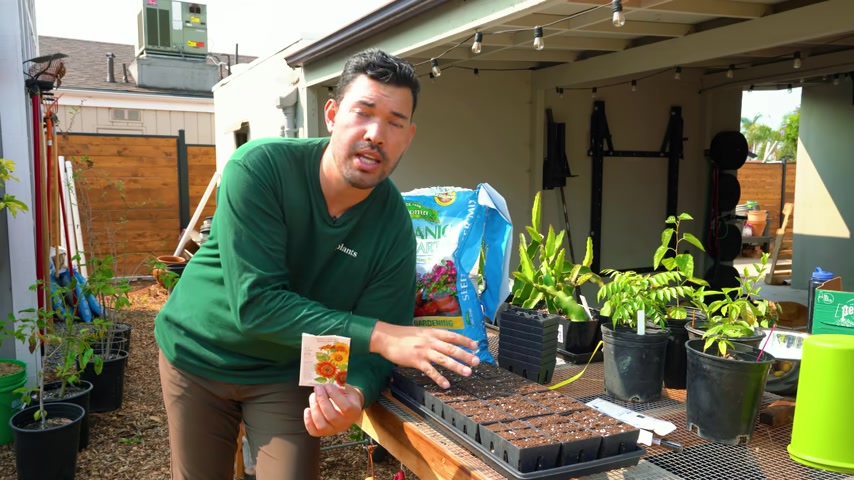
So there's tons and tons of varieties to choose .
Let's talk starting seeds for sunflowers .
It's actually quite simple .
First of all , you don't have to soak a sunflower seed , although it will speed up the germination process .
So you could soak it for about 4 to 8 hours or so .
That will let the water get through the seed hull and of course , just speed germination up .
But again , you don't have to do that .
In fact , you don't really have to soak any seed if you don't want to , as long as you're keeping your growing medium wet enough for water to get through .
So I have the autumn beauties that are sitting out in my canteen melon patch .
This is a really small sunflower seed .
They come in all different shapes sizes .
These ones are quite tiny , but for the most part , the rules are the same plant .
It about an inch deep in your mixture .
I've got some seed starting trays here .
These are the epic six cell trays .

The thing about it , if you're going to transplant it is it has a decent sized tap root any plant that has a tap root , you don't want to damage the tap root when you're transplanting , which is why I like the epic six cells because they've got that hole at the bottom where the taproot can actually come out undamaged , which is kind of nice .
So if you want to , you can plant your seeds pointy side down .
Because if you think about when a sunflower seed sprouts , the thicker side of the seed is the side that's on the top that you kind of sometimes have to pull off those two seed leaves .
So that's what I would do when in doubt , you could just plant it sideways and it'll come up how it comes up .
Not really a big deal , but I will say I would probably be direct sowing these sunflower seeds .
If you can .
Just because of that tap root thing , you don't want to mess the transplant up .
And if you've got the space and you have the time and the conditions are warm enough direct sow it and you're good to go .
Let's assume you have your sunflower growing , it's out in the field and maybe you're running into some problems .
The first problem is not enough light .
So you're gonna want to give it .
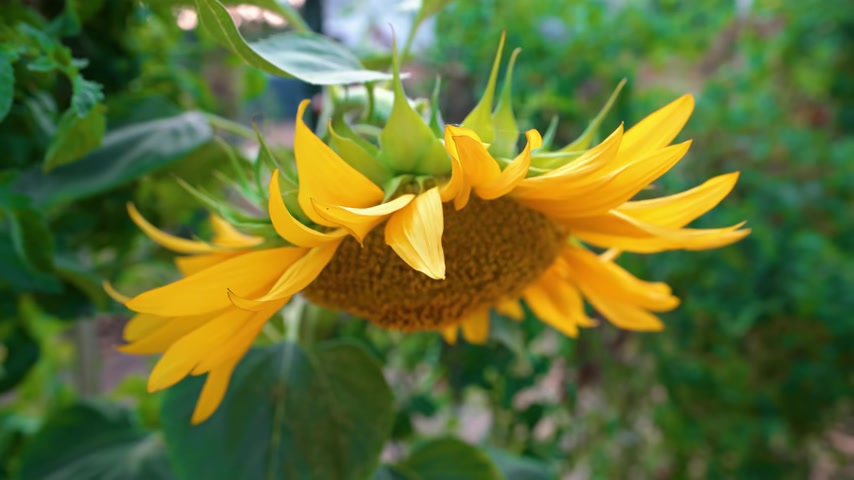
It's a sunflower guys , six plus hours of sun a day .
At least I would say probably on the eight side .
If I were you , the other thing you can run into is wilting .
You can see this one is kind of wilting .
It's mostly because it's really mature and the seeds are forming and that's heavy and it's pulling it down .
But if you see it wilt before this point , good chance you've underwater it .
Another thing you could run into is what if you don't even have this flower head at all ?
You're not seeing any flowers could be too much fertilizer .
They don't really want to be pumped full of fertilizer .
Remember it's a four ft tap root that's going down .
There's plenty of late in the soil .
It's going to do just fine .
So don't over fertilize .
Another reason for poor flower formation is just , it's not light enough .
So again , refer back to just giving it more sun .
Let's talk now about some pests and problems you might run into .
You may run into some mildew issues , you may run into some birds , some caterpillars , some moss , usually those will want to munch on the foliage .
It's not a huge deal .
It seems like some flowers can lose quite a few , especially of the lower leaves and they're completely fine .
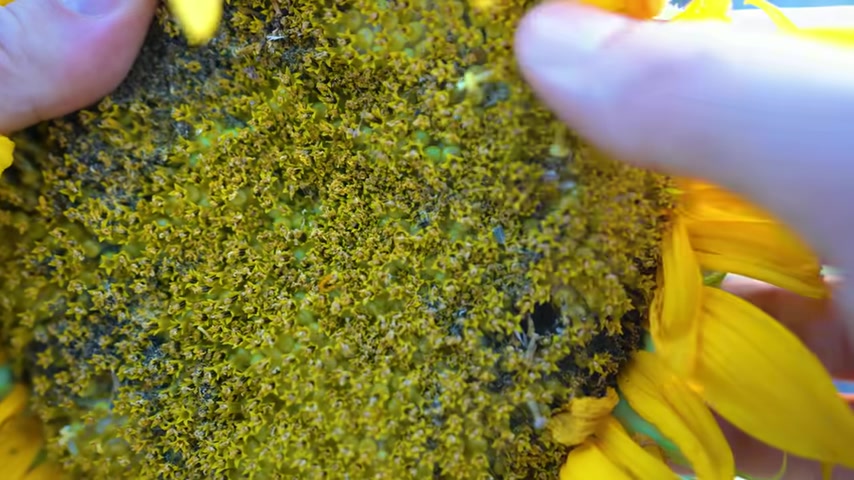
Mine often like to shed those when they get to this higher height and they kind of have that terminal flower .
It seems like they kind of just say goodbye to the ones down below .
But if you are going to use the sunflowers to save the seeds for next season or to eat the seeds , which I'm going to do with this head right here , then you can run into a couple of other pests .
First of all , the larva of any of the ones I just talked about can come in and eat .
But then there's the sunflower moth , which as the name implies , likes to target these seeds .
The larvae will come through and just bore right through them .
So you either have to hand pick those off or spray the actual plant with BT , which is a really , really good organic pesticide for dealing with any sort of larvae form of pest .
But if you want to , that's what I would do .
Otherwise just hand pick them off .
So you've grown your sunflower , it has a beautiful head and there are some delicious seeds and you want to know when to harvest them .
Remember we talked about the ray flowers on the outside of the sunflower as well as the disc flowers on the inside when the ray flowers have fallen off , that's your first signal that you're getting close to harvest .
But then what you want to do is look at the back of the head of the sunflower .
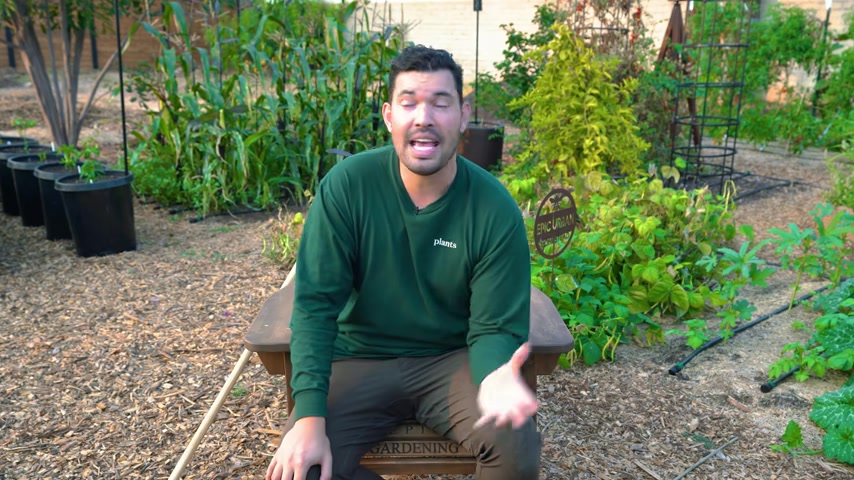
It should start turning yellow , it will turn even more yellow and then the ribs of that back will start to turn green to brown .
And that's when you know that it's fully ready to harvest .
What you do at that point is just sniff the head off , let it dry in a cool , well ventilated space .
You can let it dry in the plant too , but it just kind of wastes space .
So you might want to rip the plants out , chop up the stock , put those in your compost and then cut the head off and put it somewhere else .
And if you want to see me actually take that head that I just showed you and eat the entire thing before the seeds are actually ready .
This is something I recently learned that you can do .
I'm going to eat the entire sunflower head over on the epic homesteading channel , including the recipe .
So go subscribe to that one if you're interested in seeing that , hopefully , this gave you the tips you need to grow sunflowers .
Good luck in the garden and keep on growing .
Are you looking for a way to reach a wider audience and get more views on your videos?
Our innovative video to text transcribing service can help you do just that.
We provide accurate transcriptions of your videos along with visual content that will help you attract new viewers and keep them engaged. Plus, our data analytics and ad campaign tools can help you monetize your content and maximize your revenue.
Let's partner up and take your video content to the next level!
Contact us today to learn more.